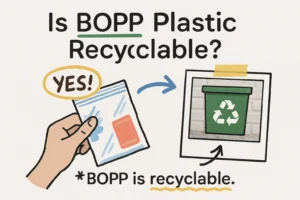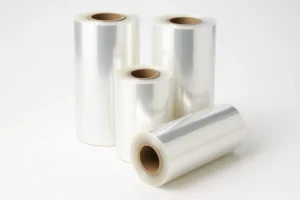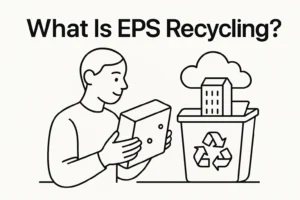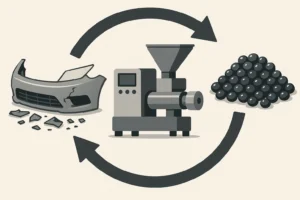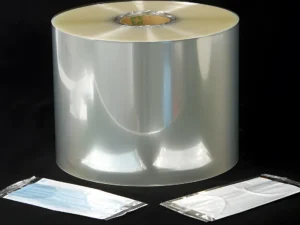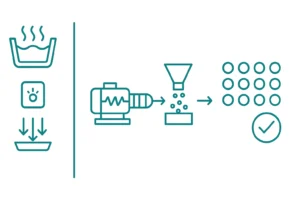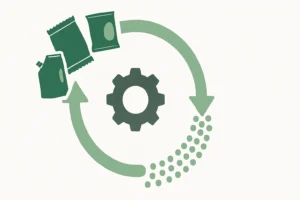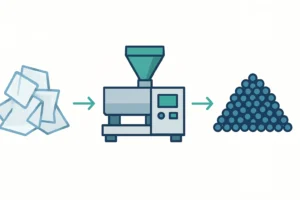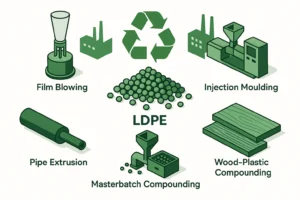Is BOPP Plastic Recyclable? A Complete Guide to BOPP Recycling
Introduction Biaxially Oriented Polypropylene (BOPP) film is one of the most widely used packaging materials across global industries—food packaging, labels, lamination rolls, tobacco film, and more. Its strength, clarity, and moisture resistance make it ideal for consumer goods. As worldwide packaging consumption increases, BOPP waste generation also rises, creating a major challenge—and a major business …

